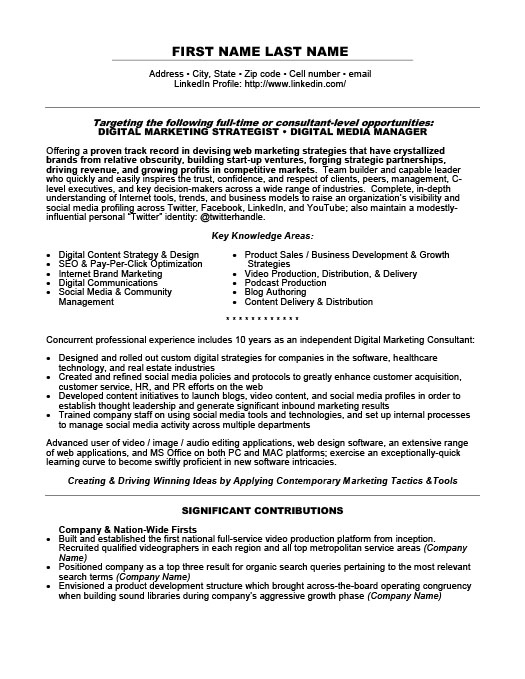Essay about Art of the Japanese Tea Ceremony - 1963 Words.
Japanese Tea Ceremony essaysTea was first introduced to Japan along with Buddhism from China in the 6th century, but the Emperor Shomu introduced tea drinking to the country. During the Heian period (794-1185), tea was made from steamed and dried tea leaves ground into a powder called macha. In the.Stuck on your essay? Browse essays about Japanese Tea Ceremony and find inspiration. Learn by example and become a better writer with Kibin’s suite of essay help services.Keywords: Japan, tea, ritual Japanese Tea Ceremony While living in Japan, the most interesting experience was attending a tea ceremony. Serving tea is an art in Japan. The ceremony is seemingly simple, however the preparation, laser like focus on the activity of hospitality, the grace, precision, and subtly with which is performed, speak not only to the years of practice needed to perfect it.
Japanese Tea Ceremony Introduction: The tea ceremony is an ancient tradition that shows cultural knowledge, respect and order to other people. Body: The Japanese tea ceremony is also known as Way of tea.This was because they show their manners and respects by way of preparing tea and the way how it is prepare. This activity is a Japanese cultural ceremony that includes the form of presentation.The Japanese Tea Ceremony, also known as the Way of Tea, is a ritual in which tea is served, following a strict protocol. It dates back to the 9th-century CE and has been part of Buddhist and.

The Tea Ceremony Ancient Japanese monks in the 13th century were among the first to adopt the new drink from China. They found that tea helped to fight off drowsiness and keep the mind attentive during long hours of study.. Seeking to convert life itself into a work of art, Sen Rikyu taught the tea ceremony as a means of achieving the four principles of harmony, respect, purity and.












